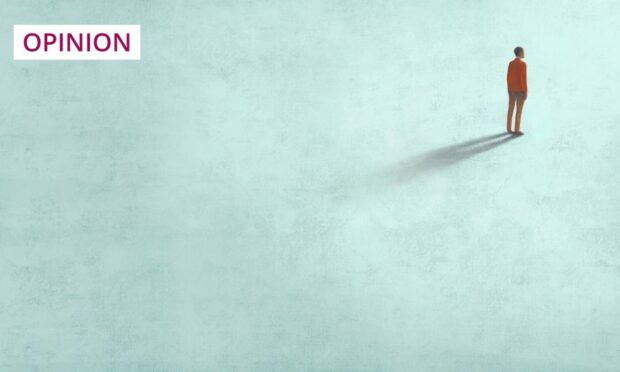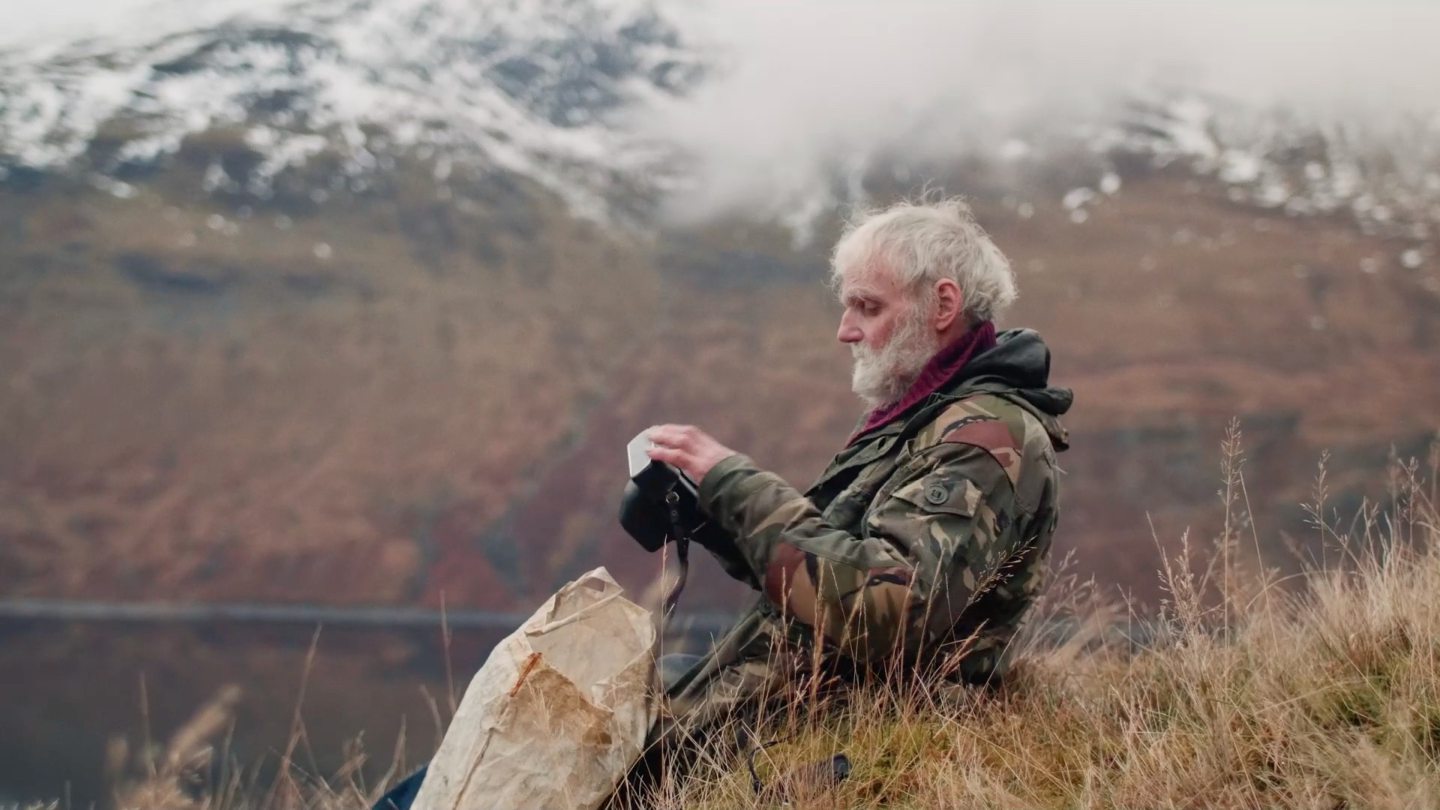A tweet by the US surgeon general attracted my attention this week.
Vivek Murthy released an advisory notice on loneliness and isolation, asking people to treat loneliness as an “epidemic”, the same as other serious conditions including obesity and substance misuse. According to Murthy, who has written extensively about his own experience of feeling isolated, loneliness affects about half of the population of the US.
“Right now, millions of people are telling us through their stories and statistics that their tank is running on empty when it comes to social connection,” he wrote.
So, is loneliness really an epidemic? Isolation caused by the Covid pandemic prompted huge alarm, as working from home became the norm, schools, community spaces and shops were closed, and our movement was restricted. There were, of course, implications for mental health.
More than ever before, people were forced to be alone and, in many cases, legally deprived of company and human connection. Loneliness caused by lockdown was scientifically simple, at least – humans are programmed for intimacy.

Of course, there are also times when people choose to be solitary. Loneliness is not always a negative.
Many of my favourite writers, including Virginia Woolf and Sylvia Plath, used solitude and the visceral pain of loneliness to create art. Plath was asking herself existential questions about being alone from a young age, captured in her (posthumously published) journals.
For centuries, religious hermits secluded themselves in deserts and forests – but they weren’t lonely. More recently, Ken Smith, the Hermit of Treig, lived alone, without electricity or running water, in a self-built cabin on the banks of a remote loch in the Highlands. “It’s a nice life,” he said. “Everybody wishes they could do it, but nobody ever does.”
But, if solitude doesn’t mean loneliness, then what is it? For loneliness to exist, two things are necessary: a lack of relationships or lack of meaning in them, and a sense of self as being separate from others.
How can we fight loneliness?
Working for many years in substance misuse treatment, I witnessed how a strength-based, collective approach – which included an understanding of purpose and spirituality (not necessarily religion) – offered people a sense of meaning. It’s all about connection.
Fundamentally, there is less emphasis on the uniqueness of the individual, which turns out to be a healthy thing. Research shows that more individualistic nations like the UK report the highest levels of loneliness.
So, how can we fight loneliness? My own ideas mirror some of Murthy’s advice. I’m not sure I always heed my own advice, mind you, so it’s good to have a reminder.
Aim to set aside time every day to connect with the people you love. Phone a close friend, play a game with the kids, call your parents. Always call your parents.
Give people your full and undivided attention. How often are we distracted? Being fully present and giving your whole, focused attention takes practise.
Serve others – not in a servile way, but by volunteering or helping a neighbour. It sounds simple, I know. I believe we were better at doing this during the height of the pandemic. I wrote letters and checked on people who lived alone. It’s really the essence of community.
Loneliness is not a singular feeling
A lot of what Murthy says makes sense, and it’s great that he talks about his own experience of loneliness. There’s no question that major reforms, such as reducing stigma around mental health care and increasing treatment, are needed.
But, both in the US and here in the UK, you cannot talk about tackling stigma when services are falling apart at the seams or – in some cases – are non-existent.
Yes, it’s empowering to take individual action. I know from my own experience of activism that getting involved can strengthen grassroots and social justice campaigns, and can help people to overcome feelings of helplessness, shame and isolation. Peer support can be a vital tool for recovery in many aspects of health and behaviour.
At the same time, it’s crucial we recognise that loneliness does not exist in isolation; it is not a singular feeling. In loneliness, we hold many different emotions: anger, sadness, jealousy, resentment, grief.
NEW: Today, I released a Surgeon General's Advisory on the epidemic of loneliness and isolation facing our country, the destructive impacts it has on our collective health, and the extraordinary healing power of our relationships. https://t.co/P9RnZkLr6G #Connect2Heal 1/8 pic.twitter.com/ZhaSuXTjoi
— Dr. Vivek Murthy, U.S. Surgeon General (@Surgeon_General) May 2, 2023
An older man whose wife of 40 years has died will experience a different kind of loneliness to a single mum who is struggling financially and juggling work with looking after small children, while living miles away from family support due to the lack of affordable housing. Structural loneliness, caused by poverty, loss of autonomy, disability and chronic illness, is not an existential choice.
So, I’ll end with a word of caution – if this renewed attempt to tackle loneliness describes or insinuates it to be a failing, where the individual is somehow at fault, any public health intent becomes null and void.
My concern is that, sometimes, good ideas get reformatted as a kind of neoliberal tool, where the aim is to enhance productivity – much like what has now happened with mindfulness.
Sadly, misuse of good ideas can become a sneaky way of blame-shifting onto individuals, rather than looking at how to fix a society which is structurally broken. Authentic connection cannot be a capitalist construct.
Donna McLean is originally from Ayrshire and is a mum of twins, writer and activist


Conversation